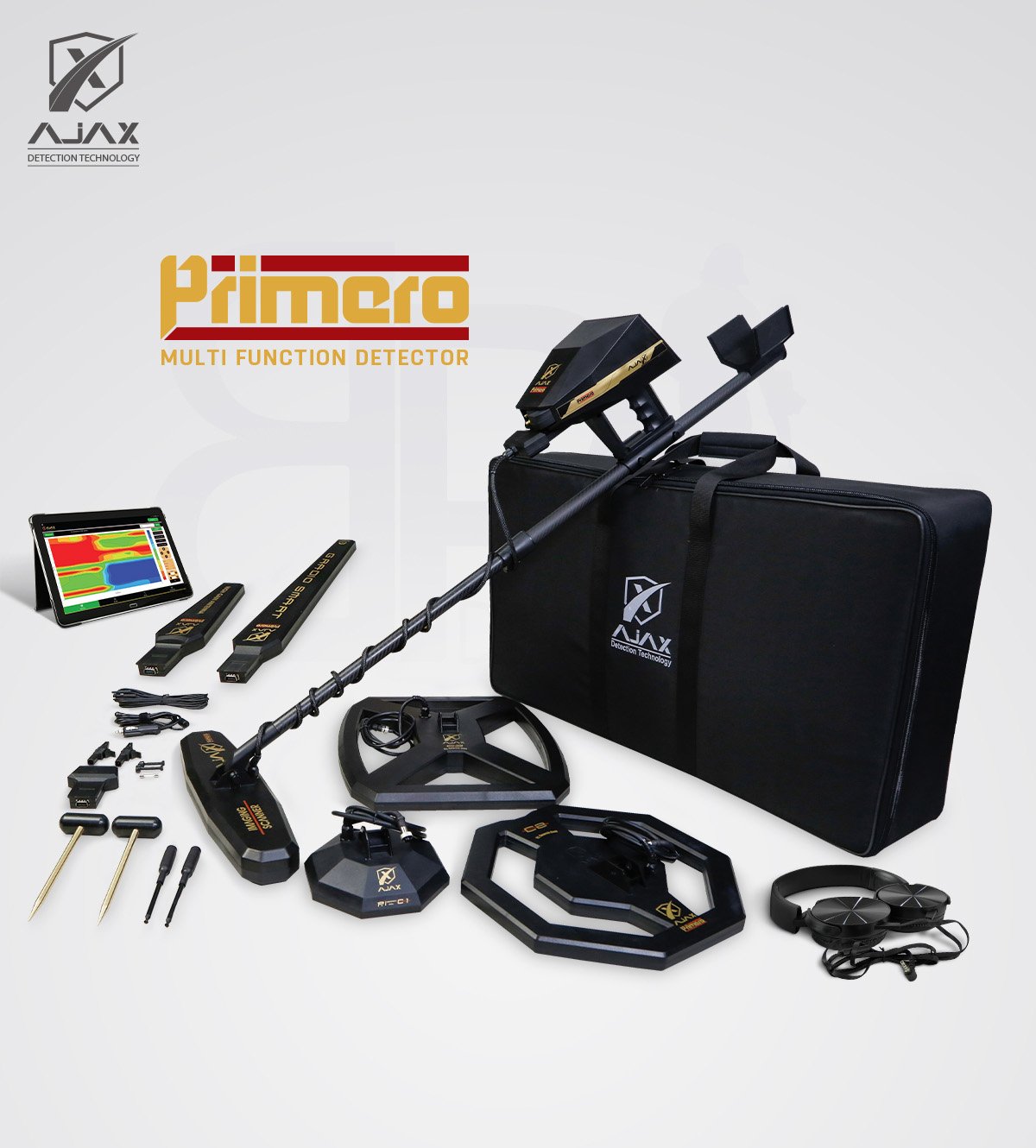Metal detecting has grown from a niche hobby into a field that blends advanced science with practical exploration. While traditional detectors rely on very low frequency (VLF) technology, another method called pulse induction has become increasingly popular, especially for those searching in mineralized ground or saltwater conditions. Understanding what makes pulse induction different and why it’s used can help prospectors, hobbyists, and professionals choose the right equipment for their goals.
In this article, I’ll explain how pulse induction works, why it matters, and highlight equipment like the Primero that demonstrates the strengths of this technology.
How Pulse Induction Works
At its core, pulse induction (PI) technology operates by sending powerful, short bursts—or pulses—of current through a coil of wire. Each pulse generates a magnetic field that quickly collapses when the current is cut off. As the magnetic field collapses, it induces a current in nearby conductive objects like coins, relics, or gold.
The detector then measures the time it takes for these pulses to fade. When metal is present, the decay of the pulse slows down, which gives the detector its signal. This method is very different from continuous wave detectors such as VLF, which use steady frequencies. By focusing on pulses, PI detectors excel in conditions where traditional methods struggle.
Advantages of Pulse Induction in the Field
One of the biggest reasons prospectors and treasure hunters choose pulse induction is its ability to ignore ground mineralization. Highly mineralized soils, such as those rich in iron or found in saltwater beaches, often create “noise” that confuses standard detectors. PI detectors, however, are largely immune to these issues.
This immunity allows them to work in goldfields, deserts, and beaches where valuable targets often lie. For serious prospectors, this is a game-changer. For example, if you’re exploring an area with heavy black sand—a notorious problem for hobby detectors—a PI machine will give accurate readings where others might fail. This makes them indispensable for those who don’t want soil composition to limit their success.
Another advantage is depth penetration. PI detectors generally reach deeper than VLF models, making them suitable for finding larger relics or gold deposits buried well beneath the surface. This is why many professional treasure hunters trust PI technology when searching for caches, coins, or nuggets at significant depths.
Primero: A Leading Example of Pulse Induction Technology
When discussing practical applications, the Primero detector is a standout. It combines advanced PI technology with user-friendly features that make it accessible to both beginners and seasoned professionals.
The Primero is designed to operate in environments where other detectors fail, such as highly mineralized soils and underwater locations. It offers multiple search modes, powerful depth penetration, and a high level of accuracy in distinguishing between metals. Its versatility makes it a reliable choice for anyone serious about gold prospecting or archaeological exploration.
By offering both ease of use and advanced detection power, the Primero shows how modern PI technology can bridge the gap between hobbyists and professionals. It proves that pulse induction is not just a niche option—it’s a robust solution for serious fieldwork.
Comparing Pulse Induction with VLF Technology
To fully appreciate the strengths of PI detectors, it’s worth comparing them with very low frequency models. VLF detectors transmit continuous sinusoidal waves and are generally more affordable and lighter in weight. They also offer better discrimination between different metals, which is useful when coin shooting or hunting in trash-filled areas.
However, VLF detectors are notoriously weak in mineralized soil and saltwater, where their signals often get distorted. This is where PI detectors shine. Although they are less precise at distinguishing between different metals, their depth capabilities and resilience in tough conditions make them ideal for gold prospecting and professional exploration.
For many users, the choice comes down to location and target. Those who spend their time hunting in parks or urban settings may prefer VLF, while serious gold hunters or beach explorers find pulse induction detectors invaluable.
Practical Applications Beyond Prospecting
While PI detectors are often associated with gold prospecting, their applications extend further. Archaeologists use them to locate deeply buried artifacts, and security teams deploy PI systems for detecting hidden weapons or contraband. Underwater treasure hunters also rely on PI because it performs consistently in saline environments where other technologies falter.
This versatility highlights why PI remains an essential option in the detector market. It doesn’t replace VLF entirely but provides capabilities that VLF simply cannot match. For those serious about maximizing their chances of success, investing in a PI system is often the logical choice.
Conclusion
Pulse induction represents one of the most important advances in metal detection. Its ability to cut through mineralized soils, operate in saltwater, and penetrate deeper than traditional detectors makes it indispensable for serious hunters and professionals.
Equipment like the Primero showcases how far PI technology has come, offering accuracy, depth, and durability in one package. While no detector is perfect, understanding the role of pulse induction helps prospectors and hobbyists make smarter decisions in the field.
If your goal is to uncover treasures in challenging environments, a pulse induction detector may be the most valuable tool you can add to your kit.









